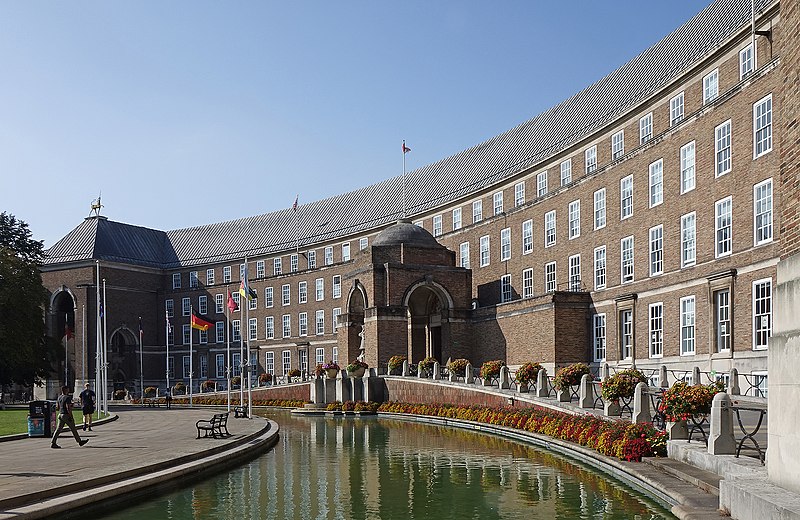
Councillors have celebrated a significant milestone in Bristol’s environmental progress, as Bristol City Council continues its rapid transition away from fossil fuel dependency.
Since 2015, the council has successfully reduced its directly controlled greenhouse gas emissions by 60%, with even greater reductions projected over the coming years. This remarkable progress follows the council’s declaration of a climate emergency in 2019, prompting former Labour mayor Marvin Rees to introduce a detailed action plan aimed at eliminating the council’s direct emissions by 2025.
Efforts to cut emissions are seen as vital for minimizing Bristol’s contribution to climate change. The council’s decarbonisation programme recently came under review during a meeting of the environment policy committee.
Martin Fodor, chair of the committee, remarked, “It’s really impressive to see all the work that’s been under way. We’re all delighted with the progress that’s been made. It’s been many years and many people have contributed to it.” Ellie King, vice-chair of the committee, echoed this sentiment, adding, “It’s an incredible achievement, and it speaks to cross-party consensus on a lot of this issue, and also the amount of work that officers have done. It’s really remarkable, and I hope there can be some recognition for this. It’s something we should all be very proud of.”
Over the past eight years, the council’s emissions have dropped from 18,027 tonnes of carbon dioxide to 7,209 tonnes—a reduction of 60%. Key strategies have included improving energy efficiency in council-owned buildings and selling off certain properties. Larger buildings, such as City Hall, are now heated using “green gas,” while renewable energy is generated through council-owned wind turbines and solar panels.
Street lighting has also undergone significant upgrades, with many lamp posts now using energy-efficient LED bulbs. This change not only reduces energy consumption but also lowers costs. Additionally, several council vehicles have been replaced with electric models.
Future initiatives include expanding the use of green gas and implementing a complex energy strategy known as “sleeving,” which involves sourcing locally generated renewable energy. This approach is expected to both reduce costs and encourage local investment in renewable energy, though implementing it has proven challenging.
Further emission reductions will be achieved by replacing more council vehicles, contingent on government funding support.
By 2026, the council aims to lower its direct emissions to 2,000 tonnes—an impressive 89% reduction compared to 2015 levels. Alex Minshull, the council’s sustainable city and climate change manager, highlighted Bristol’s leading role in emissions reduction among major UK cities outside London. “We haven’t been able to find any other cities that have better performance than we have to date or that we are forecasting. We’re reasonably confident in saying it’s the best performance of those major cities in the country,” he told the environment committee.
However, the council’s direct emissions figures exclude certain key sources, such as waste collection vehicles operated by Bristol Waste and new housing projects developed by Goram Homes, both of which are council-owned companies. Other excluded categories include schools and nurseries under council maintenance, leisure centres, council housing, and the goods and services the council procures. Plans to tackle these emissions remain uncertain.
Minshull explained, “We focused on buildings that are directly in our control, and those accounted for about 18,000 tonnes at the baseline. There’s a much bigger number associated with the other emissions that are less in our control.”
Beyond the council’s operations, the broader city of Bristol continues to emit 1.57 million tonnes of greenhouse gases annually, according to data released in 2022. Notably, one-third of these emissions are attributed to transportation, primarily from petrol and diesel vehicles.
Bristol’s ambitious efforts to cut emissions set an example for other cities, but significant work remains to address both direct and indirect emissions in the years ahead. Photo by Neiljforsyth, Wikimedia commons.



































